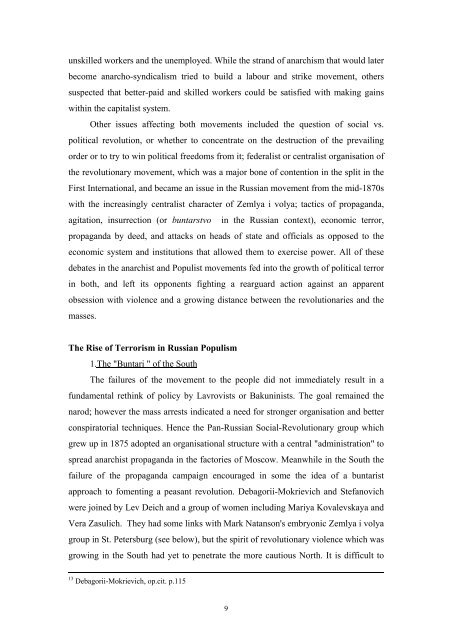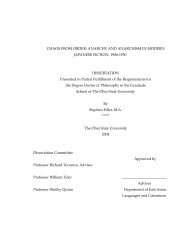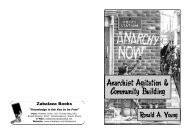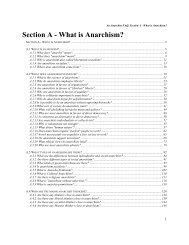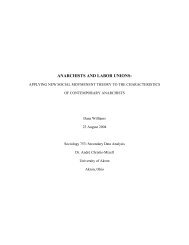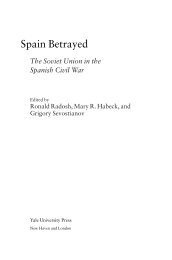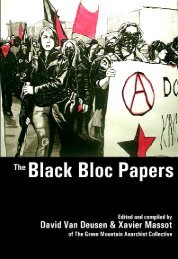Graham Gamblin - Infoshop.org
Graham Gamblin - Infoshop.org
Graham Gamblin - Infoshop.org
You also want an ePaper? Increase the reach of your titles
YUMPU automatically turns print PDFs into web optimized ePapers that Google loves.
unskilled workers and the unemployed. While the strand of anarchism that would later<br />
become anarcho-syndicalism tried to build a labour and strike movement, others<br />
suspected that better-paid and skilled workers could be satisfied with making gains<br />
within the capitalist system.<br />
Other issues affecting both movements included the question of social vs.<br />
political revolution, or whether to concentrate on the destruction of the prevailing<br />
order or to try to win political freedoms from it; federalist or centralist <strong>org</strong>anisation of<br />
the revolutionary movement, which was a major bone of contention in the split in the<br />
First International, and became an issue in the Russian movement from the mid-1870s<br />
with the increasingly centralist character of Zemlya i volya; tactics of propaganda,<br />
agitation, insurrection (or buntarstvo in the Russian context), economic terror,<br />
propaganda by deed, and attacks on heads of state and officials as opposed to the<br />
economic system and institutions that allowed them to exercise power. All of these<br />
debates in the anarchist and Populist movements fed into the growth of political terror<br />
in both, and left its opponents fighting a rearguard action against an apparent<br />
obsession with violence and a growing distance between the revolutionaries and the<br />
masses.<br />
The Rise of Terrorism in Russian Populism<br />
1.The "Buntari " of the South<br />
The failures of the movement to the people did not immediately result in a<br />
fundamental rethink of policy by Lavrovists or Bakuninists. The goal remained the<br />
narod; however the mass arrests indicated a need for stronger <strong>org</strong>anisation and better<br />
conspiratorial techniques. Hence the Pan-Russian Social-Revolutionary group which<br />
grew up in 1875 adopted an <strong>org</strong>anisational structure with a central "administration" to<br />
spread anarchist propaganda in the factories of Moscow. Meanwhile in the South the<br />
failure of the propaganda campaign encouraged in some the idea of a buntarist<br />
approach to fomenting a peasant revolution. Debagorii-Mokrievich and Stefanovich<br />
were joined by Lev Deich and a group of women including Mariya Kovalevskaya and<br />
Vera Zasulich. They had some links with Mark Natanson's embryonic Zemlya i volya<br />
group in St. Petersburg (see below), but the spirit of revolutionary violence which was<br />
growing in the South had yet to penetrate the more cautious North. It is difficult to<br />
13 Debagorii-Mokrievich, op.cit. p.115<br />
9


